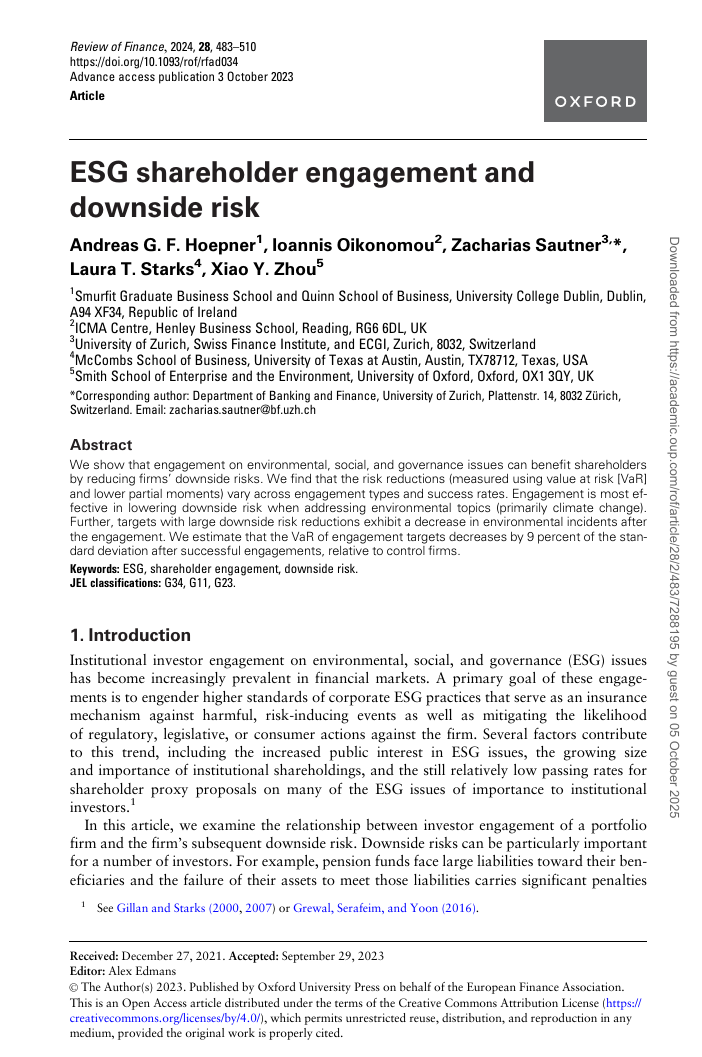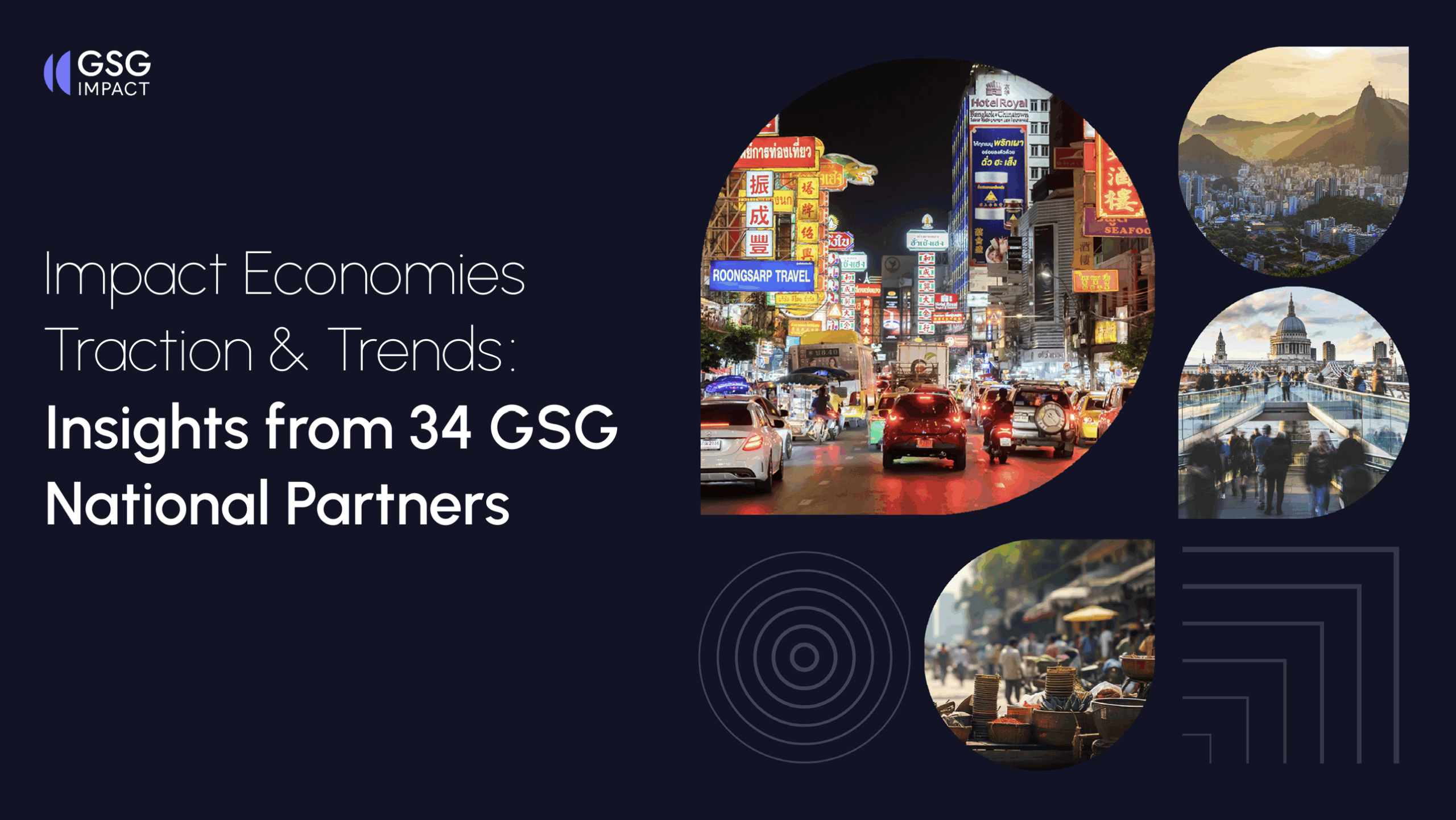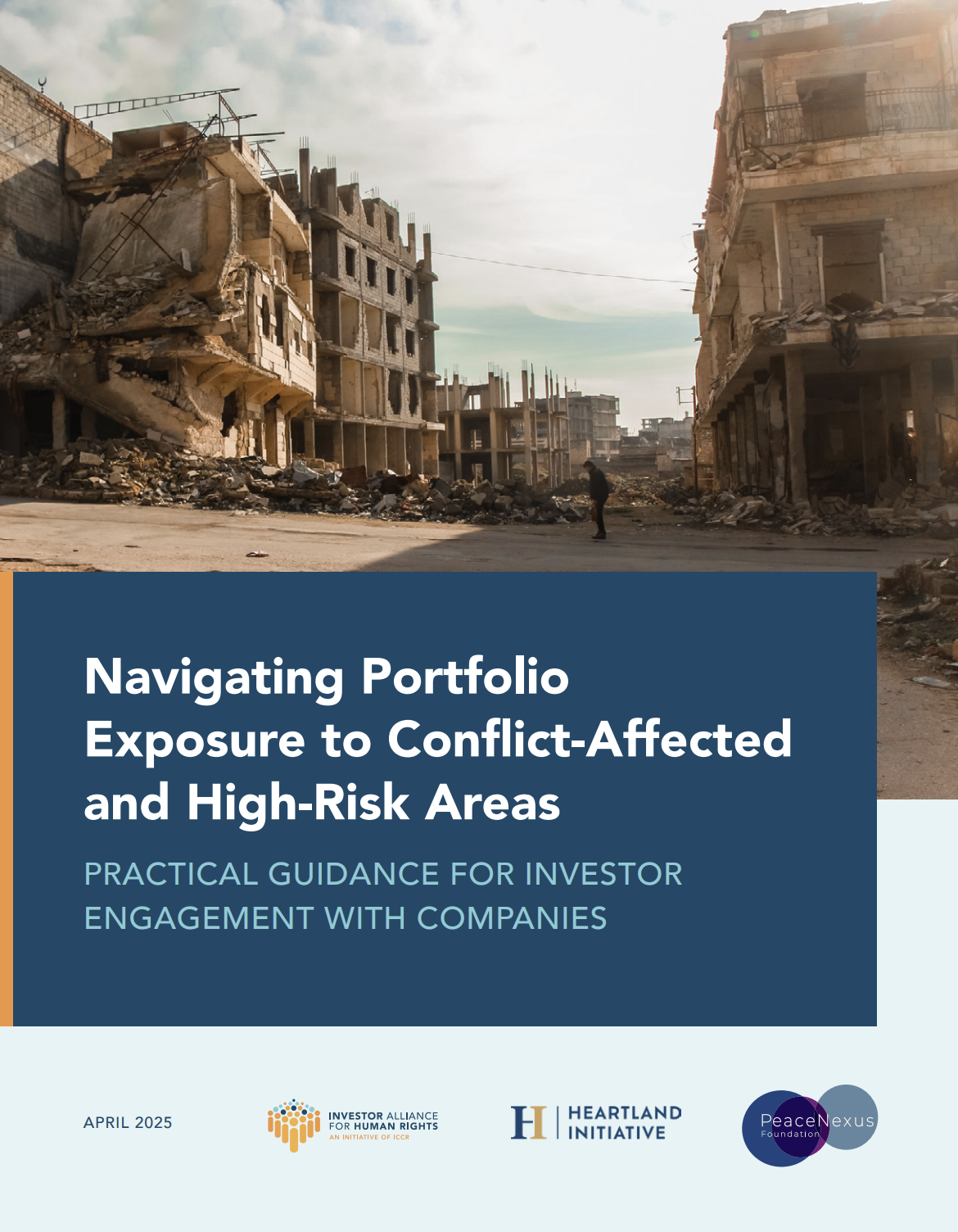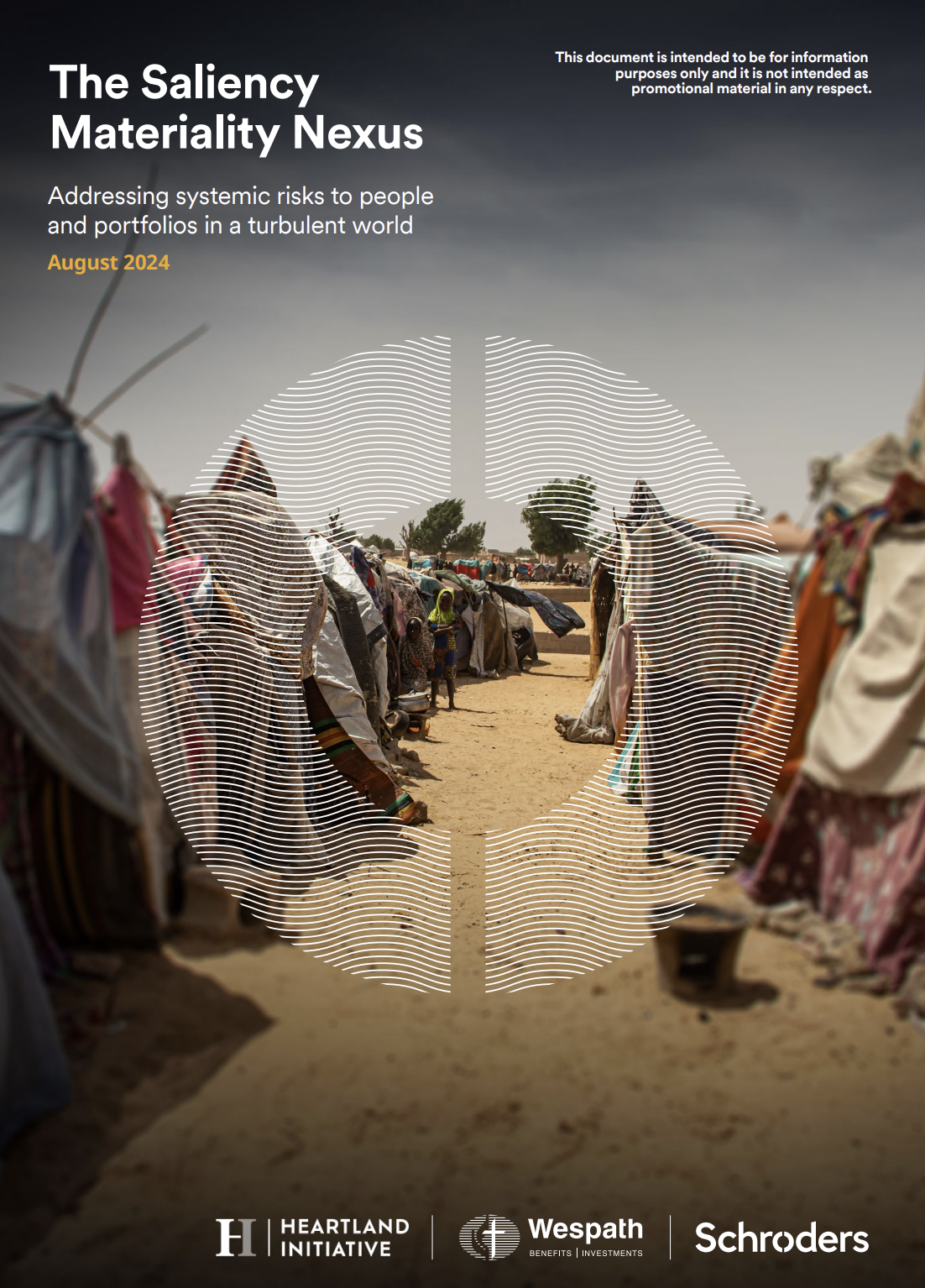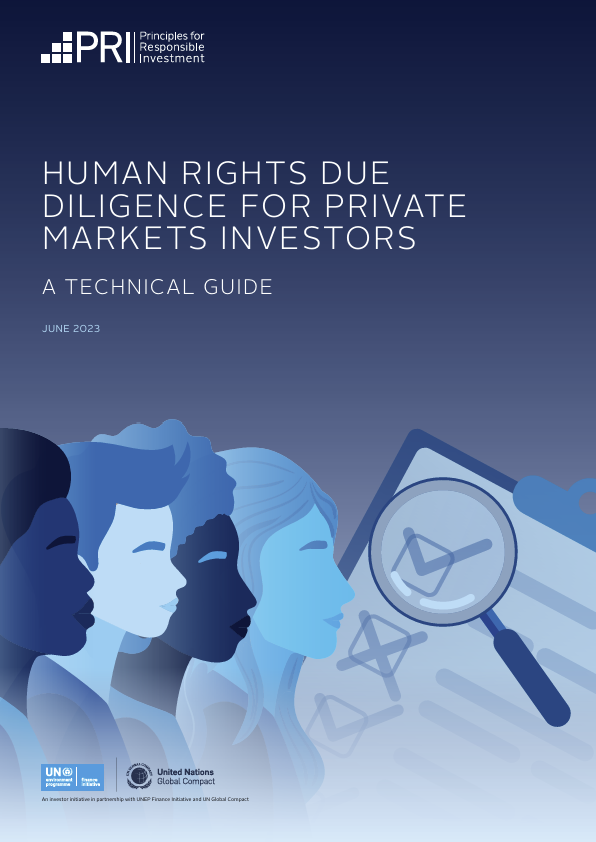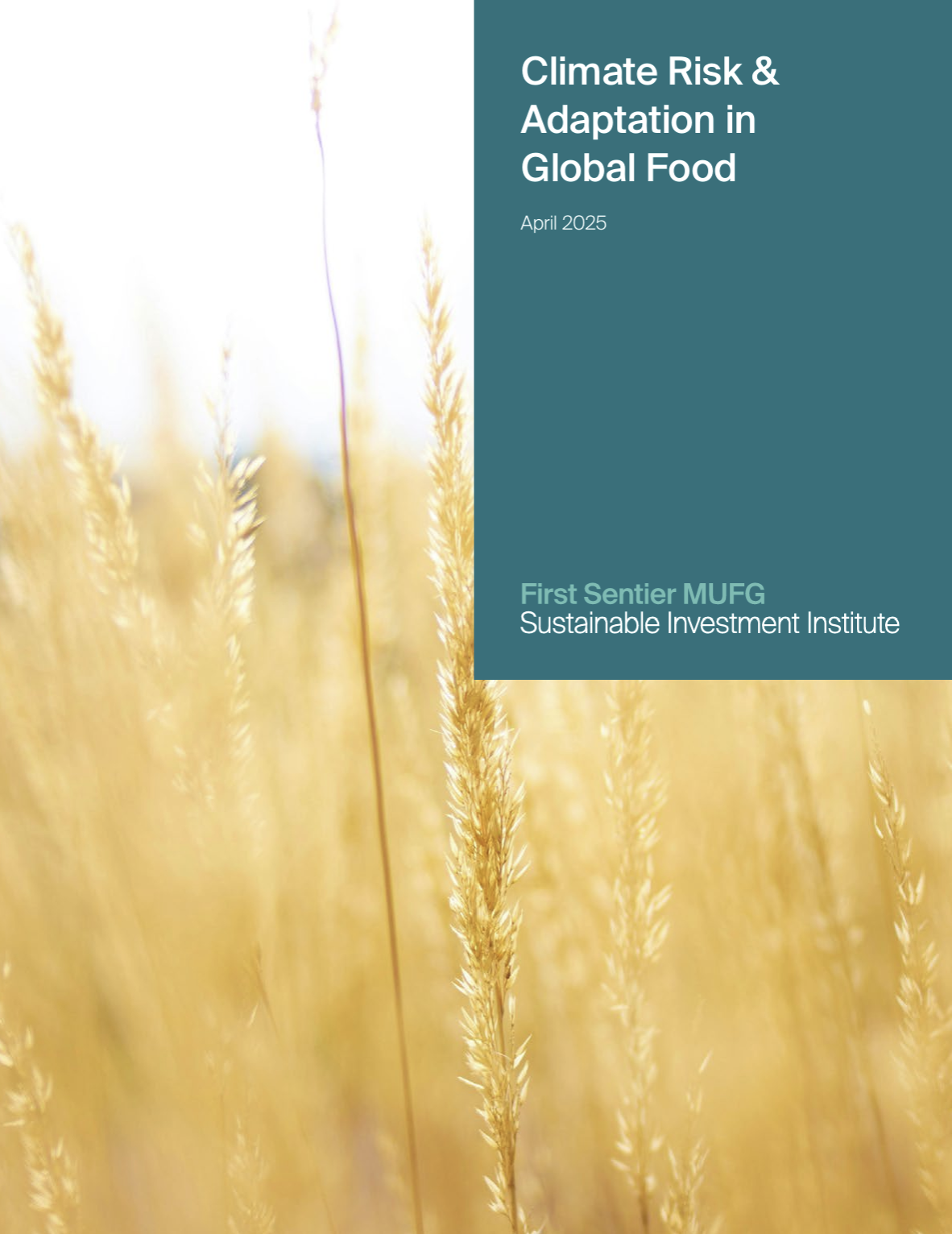Library | Location
Mexico
Refine
81 results
REFINE
SHOW: 16


Global sustainable investment review 2018
This report summarises global sustainable investment trends from 2016 to 2018, noting a 34 per cent increase to USD 30.7 trillion. Japan saw the fastest growth, while Europe remained the largest market. The leading strategies were ESG integration, exclusionary screening, and shareholder engagement across major investment regions.
ESG shareholder engagement and downside risk
This study analyses whether investor engagement on environmental, social, and governance (ESG) issues reduces firms’ downside risk. Using data from 1,443 engagements with 485 global firms (2005–2018), it finds that successful engagements, particularly on environmental and climate issues, significantly lower downside risk and related environmental incidents.
Kroll
Kroll is a global financial and risk advisory firm offering services in valuation, investigations, cyber-resilience, regulatory compliance, transaction advisory, restructuring and business services.
With around 6,500 experts across 32 countries, Kroll helps clients build, protect and maximise enterprise value through data, technology and intelligence.
With around 6,500 experts across 32 countries, Kroll helps clients build, protect and maximise enterprise value through data, technology and intelligence.
Interpreting the corporate standard for U.S. public sector organizations
This guide interprets the Greenhouse Gas Protocol Corporate Standard for U.S. public sector organisations. It provides standardised methods for accounting and reporting greenhouse gas emissions, supports inventory quality, and addresses public sector-specific scenarios such as leased assets, joint operations, and regulatory compliance.
Global protocol for community-scale greenhouse gas inventories: Supplemental guidance for forests and trees
This supplemental report provides standardised methods for communities to estimate greenhouse gas emissions and carbon removals from forests and trees. It expands the global protocol for community-scale greenhouse gas inventories by offering detailed guidance for accounting Scope 1 emissions and removals, supporting local climate action planning and integration with national inventories.
The GHG protocol for project accounting
This report outlines standards and procedures for quantifying and reporting greenhouse gas (GHG) reductions from mitigation projects. It provides a framework to estimate baseline emissions, assess additionality, and apply consistent accounting principles. The guide supports transparency, credibility, and harmonisation across project-based GHG initiatives.
Policy and action standard: An accounting and reporting standard for estimating the greenhouse gas effects of policies and actions
The Policy and Action Standard provides a consistent framework for estimating and reporting the greenhouse gas (GHG) impacts of policies and actions. It outlines methods for ex-ante and ex-post assessments, defines principles of GHG accounting, and offers guidance on defining policy boundaries, estimating baseline emissions, and assessing uncertainty to support transparent, accurate decision-making.
Global protocol for community-scale greenhouse gas inventories: An accounting and reporting standard for cities version 1.1
The Global Protocol for Community-Scale Greenhouse Gas Inventories (Version 1.1) provides a standardised framework for cities to measure and report greenhouse gas emissions. It enables consistent, transparent accounting across six sectors, including energy, transport, and waste, supporting emissions tracking, target setting, and aggregation with national inventories.
GHG protocol scope 2 guidance: An amendment to the GHG protocol corporate standard
This report updates the GHG Protocol Corporate Standard by introducing dual reporting for Scope 2 emissions—requiring both location-based and market-based methods. It defines Scope 2 accounting principles, emission factor hierarchies, and quality criteria for contractual instruments, aiming to improve transparency, accuracy, and comparability across energy markets.
Opportunities for methane mitigation in agriculture: Technological, economic, and regulatory considerations
This report assesses cost-effective methods to reduce methane emissions from enteric fermentation, manure management, and rice cultivation. It outlines region-specific strategies and underscores the need for research, regulatory frameworks, and cross-sector collaboration to support implementation and scale-up of mitigation solutions.
Kantar
Kantar is a global leader in marketing data, insights and analytics, supporting over 96 of the world’s top 100 advertisers across 90+ markets. It combines behavioural and attitudinal data to inform brand strategy, creative testing, media effectiveness, customer experience and sustainable growth.
Impact economies tractions and trends: Insights from 34 GSG National Partners
This report presents insights from 34 national ecosystems advancing impact investing. It highlights trends in policy, capital mobilisation, and transparency, showing governments and institutions integrating social and environmental outcomes into investment strategies. It tracks growth in green finance, outcome-based funding, and investment readiness across emerging and developed economies.
Navigating portfolio exposure to conflict-affected and high-risk areas: Practical guidance for investor engagement with companies
This report offers practical guidance for investors engaging companies on managing conflict-affected and high-risk area (CAHRA) exposure. It highlights legal obligations, best practices in heightened human rights due diligence, and governance strategies, drawn from pilot dialogues with tech and renewable energy firms. Recommendations target risk mitigation aligned with global standards.
The saliency-materiality nexus: Addressing systemic risks to people and portfolios in a turbulent world
This report introduces the saliency-materiality nexus, a framework linking severe human rights harms to financially material risks in conflict-affected areas. It highlights case studies totalling over $85 billion in losses and offers guidance for investors on due diligence, portfolio risk management, and alignment with legal and ethical responsibilities.
Human rights due diligence for private markets investors: A technical guide
This guide outlines how private markets investors can integrate human rights due diligence into investment processes, aligned with the UN Guiding Principles. It covers policy commitments, risk assessment, stakeholder engagement, and remedy provision to address human rights impacts, mitigate risk, and meet evolving legal and societal expectations.
Climate risk and adaptation in global food
The report outlines rising climate risks to global food supply chains, projecting up to $38 trillion in damages by 2050. It explores mitigation and adaptation strategies across crops, livestock, and fisheries, and highlights investor actions to build resilience, support sustainable practices, and adapt to shifting market, environmental, and regulatory conditions.

